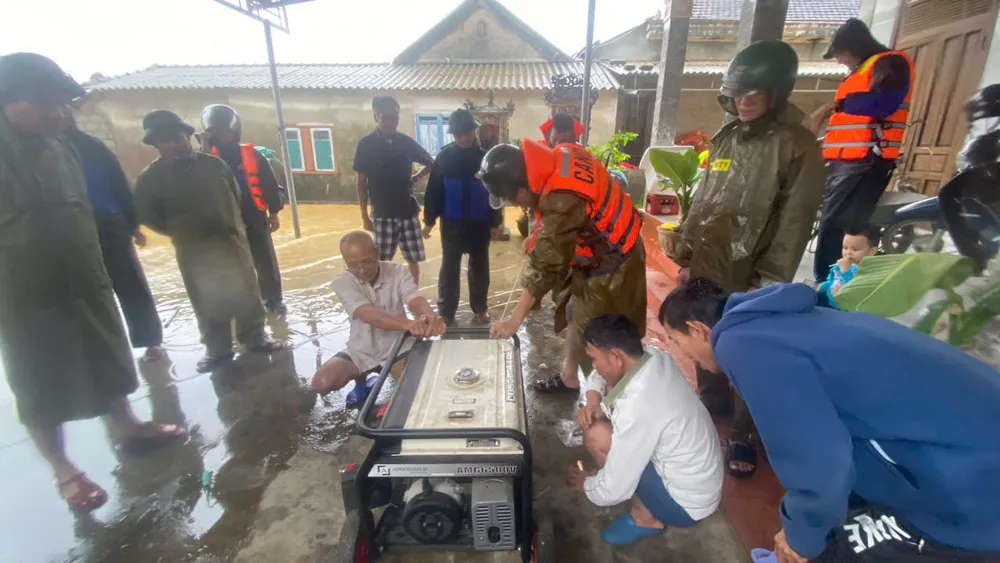
During the recent historic floods in Hue and Da Nang , when water levels surpassed all previous flood peaks, villages and towns from downstream to upstream areas were seemingly submerged. Amidst this situation, the images of soldiers, police officers, militia, local security forces, SOS volunteer teams from various places, and even young men from the villages… clinging to ropes, rowing boats through the floodwaters, carrying power banks, rice rations, and using loudspeakers to urge people to remain calm… became symbols of resilience and faith.
In Central Vietnam, each rainy and stormy season is a test. But it is precisely in these challenges that the capacity for response, the spirit of solidarity, and creative thinking are strongly awakened. The story of the "zero-cost charging station" implemented by the Hue City Police during the peak of the flood is a vivid example. When hundreds of thousands of households lost power because 1,483 transformer stations had to be shut down for safety reasons, and when mobile phones—the only means of contacting loved ones, calling for help, and sharing information—were running out of battery, the idea of "mobile phone charging" was implemented immediately that night.
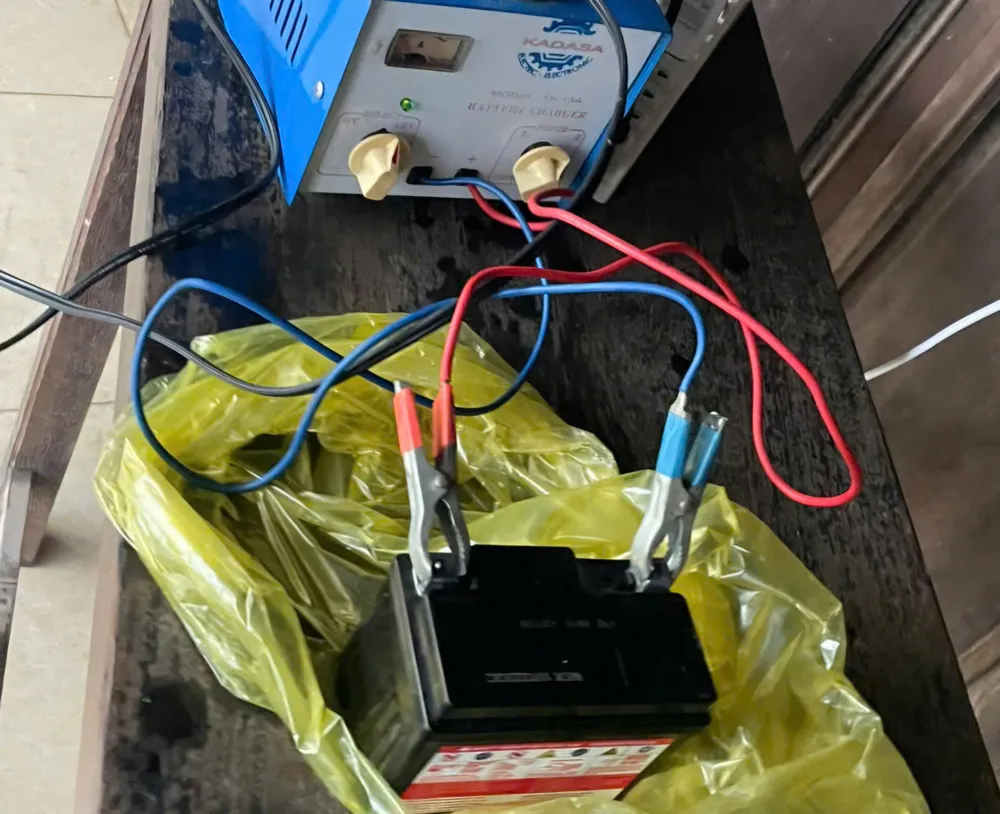
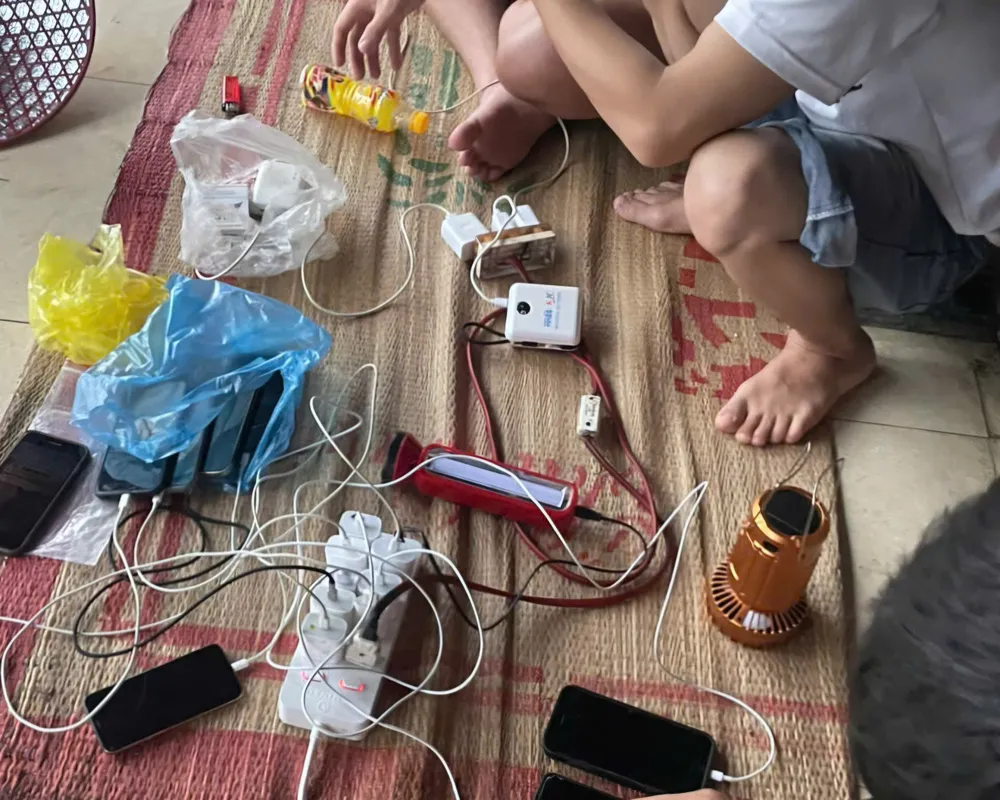
It was a simple yet profoundly humane initiative. Beyond bringing electricity to every home and every flooded area, the police force also brought about connection. It was a connection of hearts, of trust, of the feeling that "we are not alone in this flood."
Major General Nguyen Thanh Tuan, Director of the Hue City Police, made a simple yet meaningful statement: "Maintaining communication is maintaining peace." This statement can be seen as a new philosophy in disaster risk management in regions frequently affected by storms and floods like Central Vietnam, where people need not only material relief but also spiritual support.
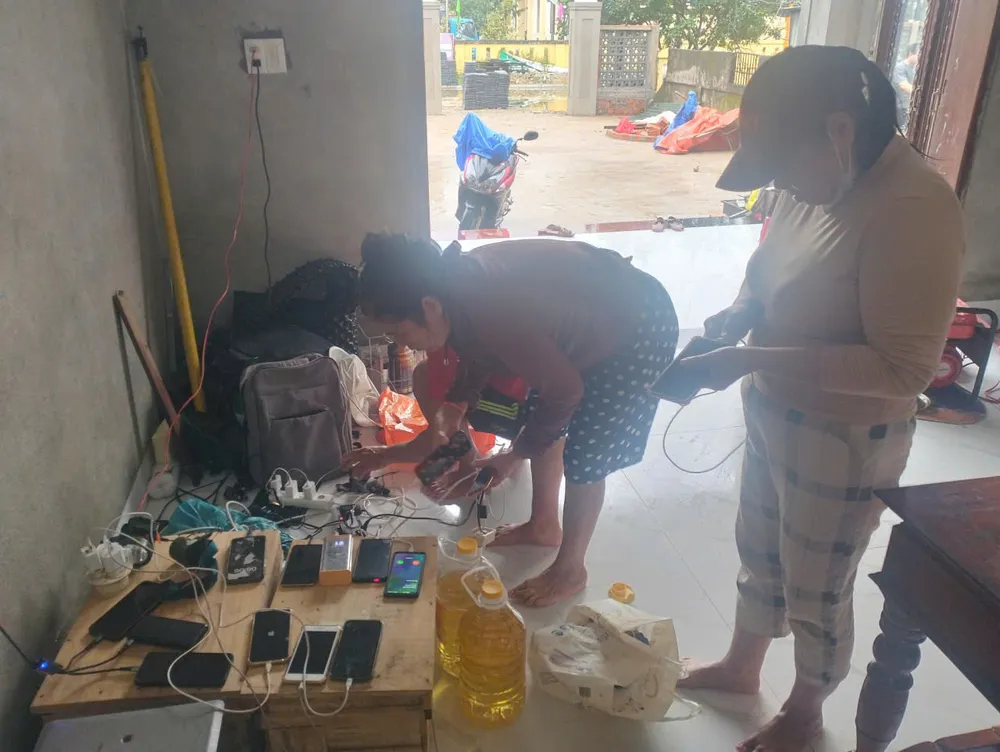
These "zero-cost charging stations" were established through the efforts and ingenuity of the people – with local residents and businesses contributing generators, fuel, and labor alongside the authorities. There, each engine roar amidst the floodwaters represents a heartbeat of human compassion. This is not just a technical story, but a testament to the "smart response" model, combining grassroots initiatives with flexible coordination by the government.
Late in the afternoon of October 29th, following a report from the Tra Tan Health Station to the Da Nang City Civil Defense Command about three critically injured victims of landslides and falling trees, and the fact that National Highway 40B was blocked due to landslides, making transportation to higher-level hospitals impossible, the local authorities and residents immediately used hammocks to carry the three victims 20km through the forest and over landslide-affected mountains to receive medical treatment. This is a vivid testament to responsibility and humanity during the devastating floods and landslides.
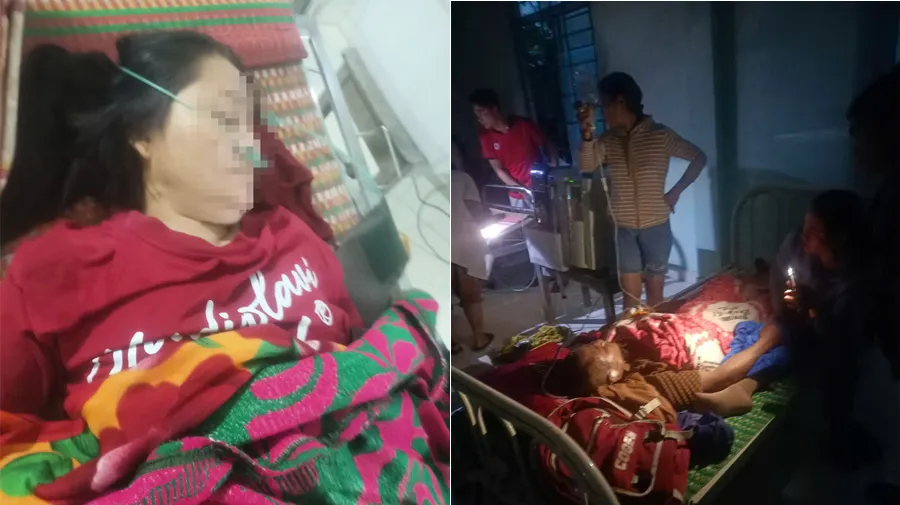
It wasn't just about electricity, communication, or carrying victims through landslides to get them to the hospital. At the Hue Rehabilitation Hospital, where nearly 40 patients were isolated overnight, police and soldiers used ropes to cross the raging floodwaters, carrying patients out of the flooded area one by one. Similarly, in the A Luoi border region, ropes were used in a different way: to transport rice, instant noodles, and milk to 26 households isolated across the flooded stream. Amidst the raging waters, each sack of rice passed from hand to hand, each carton of milk transported via pulleys, represented the heartfelt dedication of the border guards.
They may not have high technology or modern equipment, but they possess human intelligence and heart—a "soft resource" that no flood can ever drown.
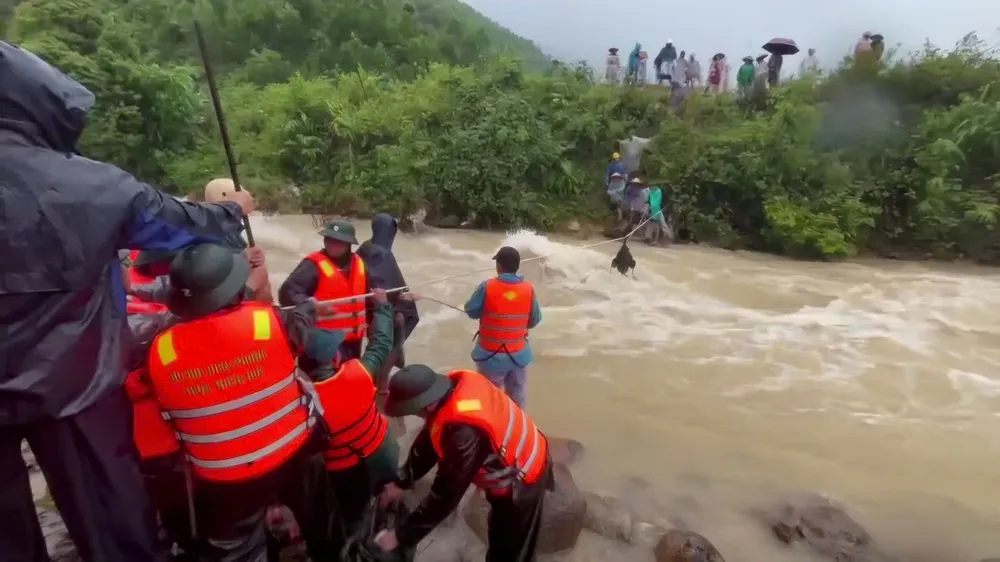
Border guards in Hue City are using ropes and pulleys to deliver supplies to people in border areas isolated by floods.
Natural disasters in Central Vietnam have become an inevitable part of life. But what makes Central Vietnam special is not the severity of the natural disasters, but the way the people here cope. Each time a flood passes, new initiatives and adaptation models emerge, honed from practical experience. From "flood-resistant houses," "zero-cost charging stations," "relief pulleys," to "online flood maps," the methods being used by Hue City and Da Nang City all demonstrate the self-reliance, resilience, and creativity of the people of Central Vietnam.
The lessons learned from Hue and Da Nang during this flood serve as a reminder for disaster prevention and control efforts in general: people must be at the center, local initiatives must be the foundation, and inter-sectoral coordination must be the strength. Initiatives "from the people, for the people" need to be summarized, replicated, and transformed into models of proactive response, rather than merely reactive responses during a crisis.
Amidst raging floodwaters and ever-present landslides, people in Central Vietnam still find ways to hold onto the thread of hope, whether it's a rescue rope, a hammock, a power cord for charging phones, or a pulley system for transporting rice. Ultimately, all of these symbolize the strength of community cohesion, a strength that defines the resilience of Central Vietnam.
And when the rivers become calm again, when Hue, Da Nang, Quang Tri... restore their rhythm of life, stories like the "zero-cost charging station" will still be passed around as a reminder: amidst the floods, people remain the strongest source of light.
Source: https://www.sggp.org.vn/sac-niem-tin-giua-dong-lu-du-sat-lo-bua-vay-post820774.html


![[Image] Leaked images ahead of the 2025 Community Action Awards gala.](/_next/image?url=https%3A%2F%2Fvphoto.vietnam.vn%2Fthumb%2F1200x675%2Fvietnam%2Fresource%2FIMAGE%2F2025%2F12%2F16%2F1765882828720_ndo_br_thiet-ke-chua-co-ten-45-png.webp&w=3840&q=75)
![[Photo] Prime Minister Pham Minh Chinh receives Lao Minister of Education and Sports Thongsalith Mangnormek](/_next/image?url=https%3A%2F%2Fvphoto.vietnam.vn%2Fthumb%2F1200x675%2Fvietnam%2Fresource%2FIMAGE%2F2025%2F12%2F16%2F1765876834721_dsc-7519-jpg.webp&w=3840&q=75)
![[Photo] Prime Minister Pham Minh Chinh receives the Governor of Tochigi Province (Japan)](/_next/image?url=https%3A%2F%2Fvphoto.vietnam.vn%2Fthumb%2F1200x675%2Fvietnam%2Fresource%2FIMAGE%2F2025%2F12%2F16%2F1765892133176_dsc-8082-6425-jpg.webp&w=3840&q=75)

![[Live] 2025 Community Action Awards Gala](/_next/image?url=https%3A%2F%2Fvphoto.vietnam.vn%2Fthumb%2F1200x675%2Fvietnam%2Fresource%2FIMAGE%2F2025%2F12%2F16%2F1765899631650_ndo_tr_z7334013144784-9f9fe10a6d63584c85aff40f2957c250-jpg.webp&w=3840&q=75)

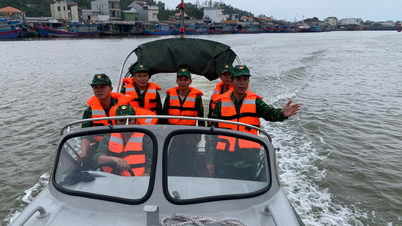

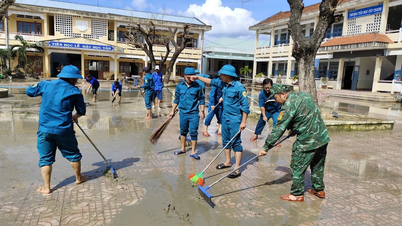

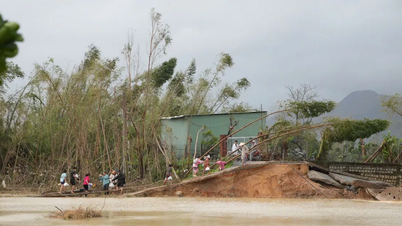
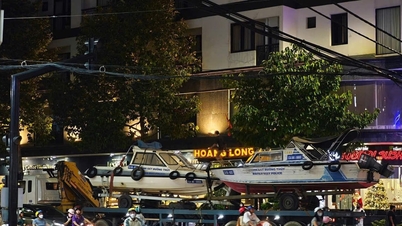

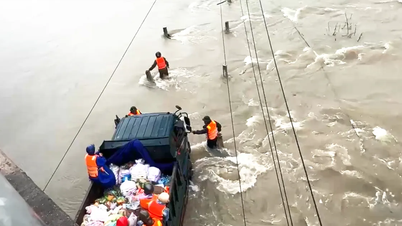
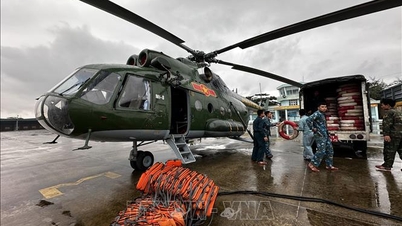












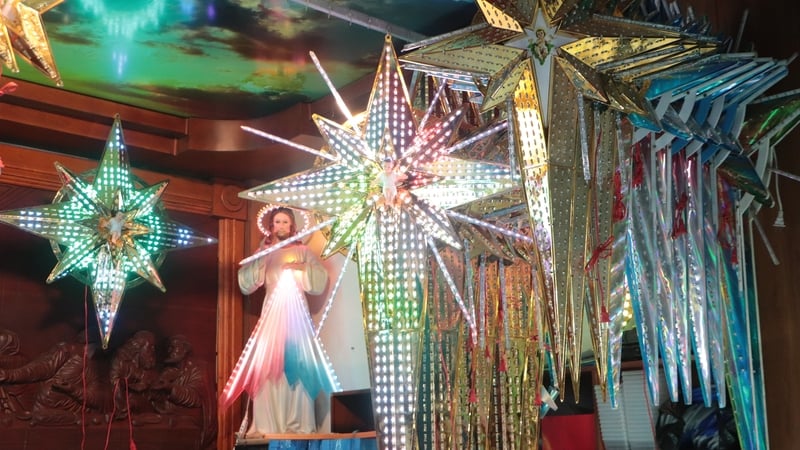
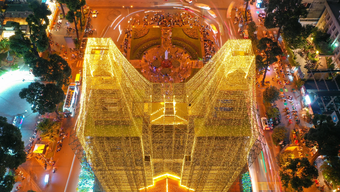

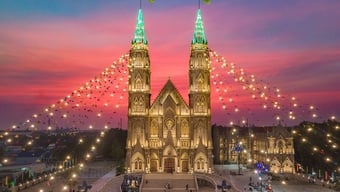










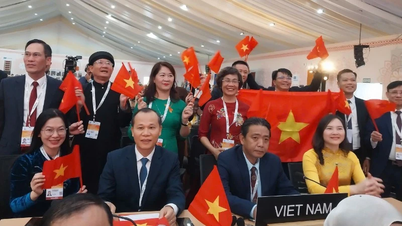






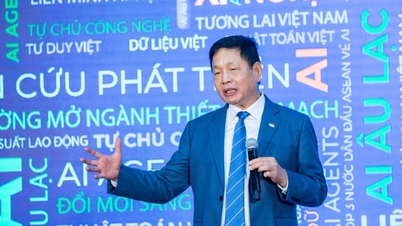
























![[Photo] Prime Minister Pham Minh Chinh attends the Vietnam Economic Forum 2025](https://vphoto.vietnam.vn/thumb/402x226/vietnam/resource/IMAGE/2025/12/16/1765893035503_ndo_br_dsc-8043-jpg.webp)



























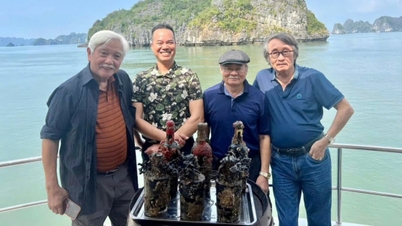





Comment (0)